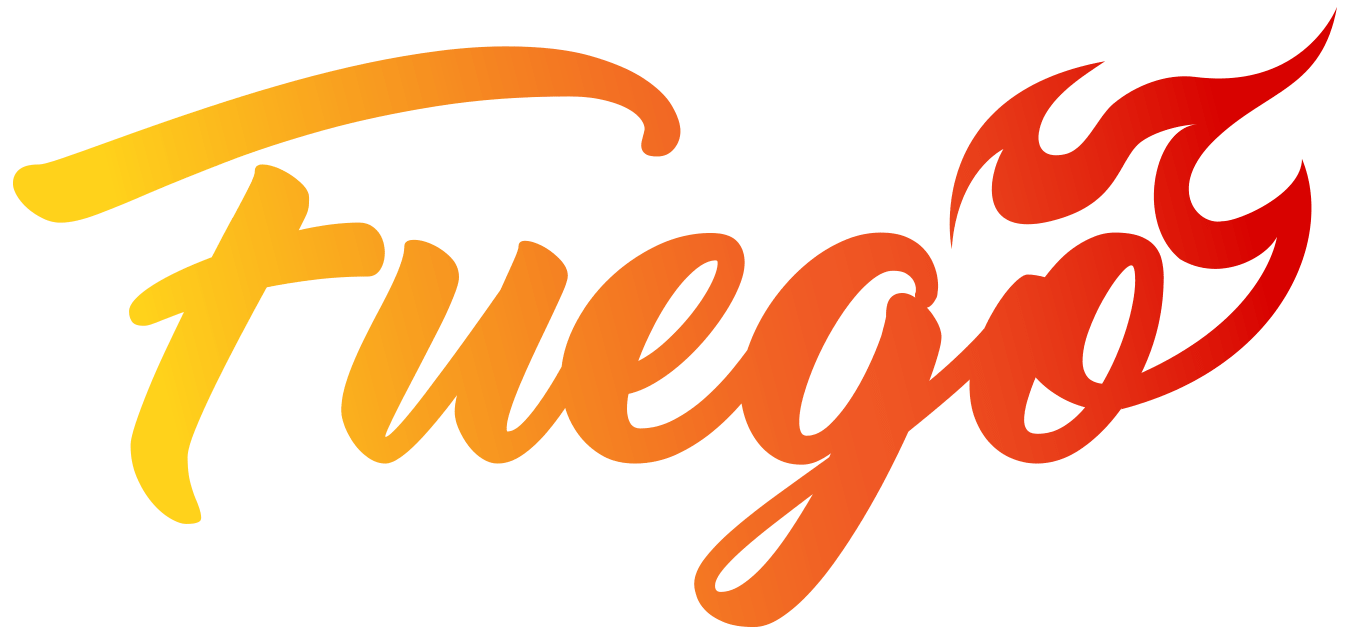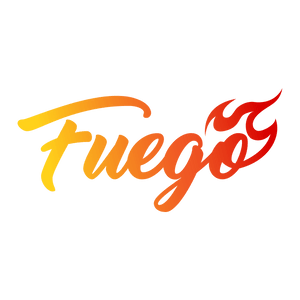What is Street Dance? History, Styles, and Techniques Explained
Street dance is more than just a style of movement: it’s a whole vibe! What began as freestyle expression in the streets has exploded into a global phenomenon, impacting everything from fashion to the Olympic stage. But what is street dance? Do you know popping from locking? Krumping versus waacking?! What is the street dance style you most want to try? And what are the best shoes to wear for street dance?
Here’s everything you need to know about the vibrant origins and lasting cultural influence of street dance.
Definition of Street Dance
Street dance encompasses a wide range of dance styles that evolved outside the dance studio, often in urban spaces – from the literal streets, to clubs and schoolyards. Street dance styles are often linked to hip-hop culture and rely on freestyling and improvisation – and lots of personality!
Origins of Street Dance in Urban Communities
The 1970s were a time of resistance and self-expression in America in many African American, Latino, and Caribbean communities. It’s little surprise that street dance has roots in this decade, where it first evolved at block parties and in clubs in New York and Los Angeles.
Characteristics That Define Street Dance
While “going with the flow” and grooving freestyle are essential to street dance, the genre is also shaped by:
-
Music & rhythm: street moves rely heavily on the beat, especially from hip-hop and house music.
-
Storytelling: street dance is known to reflect cultural experiences, express emotion, and make social statements.
-
Athleticism: there’s a reason breakdancing (a popular form of street dance) made its Olympic Games debut in 2024: it’s a full-body workout! Many street dance styles demand both strength and artistry.
History and Evolution of Street Dance
If you really want to learn the significance of street dance, you’ve got to dig into its roots!
Early Beginnings in the 1970s
Ever heard of “The Boogie Down Bronx”? Now you know how it got its nickname: this New York City borough is the birthplace of breakdancing, and was the worldwide hub of hip-hop in the 1970s!
But we can’t deny the West Coast its credit for the emergence of street dance: two popular street dance styles, popping and locking, evolved in California during the 1970s funk movement.
The Role of Hip-Hop Culture
Since Day 1, hip-hop music has been the heartbeat of street dance! Hip-hop music provided the beats, the style, and the attitude that inspired breaking and freestyling. As hip-hop gained global popularity, so did street dance. Hip-hop is all about personal expression, community, storytelling, and culture – with a hefty dose of swagger – all of which are also important ingredients of street dance.
How Street Dance Has Evolved Over Time
From block parties and urban clubs to the silver screen and beyond, street dance has made a lasting impact on global culture over the past half century! What started as freestyle expression in the streets of New York’s Harlem and the Bronx, and in South Central Los Angeles, has since evolved into a worldwide movement encompassing a spectrum of regions and cultures. From the Broadway stage to the Olympic Games, new street dance styles are constantly emerging, with fresh attitudes, stories to tell, and more moves to inspire.
Popular Styles of Street Dance
While there’s no telling just how many diverse styles of street dance are currently being performed around the globe, here are the five core street dance styles you need to know:
Breakdancing
Performed by “b-boys” and “b-girls,” this street dance style was born in the Bronx, New York, and includes power moves and freezes. Breakdancing is most often performed with hip-hop, funk, or soul music.
(Want to witness the freshest breakdancing talent? Check out the Junior #FuegoFam!)
Popping and Locking
You may have heard these street dance terms used together, but they’re actually two separate styles!
Popping has origins in Fresno, California. It requires dancers to quickly contract and release muscles to create a jerking effect called a “pop.” Dancers sometimes combine pops with robotic movements and isolations
Locking, on the other hand, was born in Los Angeles. Locking is often performed to funk music, utilizes "locks" (freezes), and usually involves hand gestures, points, and even comedy!
Krumping
This raw street dance style popped off in South Central LA in the early 2000s, with young dancers expressing their truth through movement. Krumping involves heavy stomps, chest pops, and arm swings that tell stories of pain, power, and resilience.
Don’t miss Fuego’s collab sneaker designed with Krump superstar, BDash!

Waacking
This high-energy street dance was shaped in LA’s LGBTQ+ clubs in the 1970s, particularly within the Black and Latino queer communities. Often danced to disco music, waacking is all about sharp, rhythmic arm movements, dramatic poses, and unapologetic self-expression.
House
This vibrant style emerged from the underground clubs of Chicago and NYC in the 1980s. Danced to house music, it employs rapid footwork and fluid torso movements remixed with freestyle flavor! House is all about feeling the music, connecting with the crowd, and becoming one with the beat.
No matter what style of street dance is being performed, many top street dancers prefer wearing Fuego’s streetwear-inspired dance sneakers to keep their feet comfortable and supported and help them elevate every move!
Where Street Dance Is Performed
If you haven’t tried street dance yourself, you’ve definitely seen it performed in these go-to venues.
Dance Battles in Urban Spaces
Street dance got its name for a reason: face-to-face dance-offs often take place on the street or in urban communities where performers freestyle in front of an engaged crowd.
Competitions and Shows
Street dance has become so prevalent that it’s cemented in popular culture. Street dancers go head-to-head on competition TV shows and are part of the international circuit of respected professional dance competitions. In 2024, breakdancing even debuted as a sport at the Paris Olympic Games!
Street Dance in Media and Music Videos
Street dance has introduced raw talent to the global stage through mass media – including social media dance challenges! From viral TikToks to music videos from your favorite pop stars, street dance continues to set trends in modern entertainment.
Cultural Significance of Street Dance
Street dance is so much more than moves: it’s a way to speak boldly through your body. Street dancers express emotion, tell stories, and celebrate history, culture, and individuality through every performance. With strong roots in African American and Latino communities, this diverse dance genre keeps urban street and hip-hop culture moving forward while respecting and remixing its vibrant past.
What are the best shoes to wear for street dance?
Whether you're breaking in a serious competition or freestyle krumping in the club, it's crucial to take care of your feet and body while street dancing. Comfortable, supportive, lightweight footwear is the best place to start, and Fuego dance sneakers offer two versatile styles that are ideal for not only street dance, but ALL forms of dance:
The Low-Top
This timeless kick is a go-to shoe for street dancers due to its low-profile silhouette and classic style vibes. The ultra-lightweight Low-top's premium cushioned insoles keep your feet comfy for long hours of practice or performance, while absorbing shock and supporting your entire body from the ground up!
Rotate with ease and stay in your flow without missing a step, thanks to Fuego's patented FlowTec™ outsoles with dual pivot points for max spin ability, plus the perfect amount of slip + grip!
The High-Top
Rock these retro-inspired sneaks for any street dance performance and turn heads with your bold moves and streetwear swagger! The Fuego High-top offers a little extra ankle stability to support your intricate street dance footwork, jumps, and spins, and features the same patented FlowtTec™ outsoles and cloud-like insoles to keep you comfortably on your feet and in your groove. Plus: at just 9-ounce (258g), they’ll never weigh down your performance!
Ready to try street dance? Fuego sneakers are your go-to footwear for any urban dance style: not only are Fuego kicks engineered for movement, they’re also safe to wear inside and outdoors on any surface – so you’ve got the greenlight to pop and lock in the streets, in the club, or on the stage!

